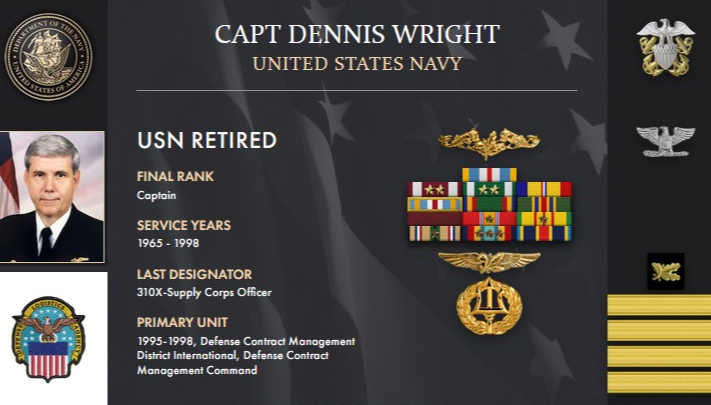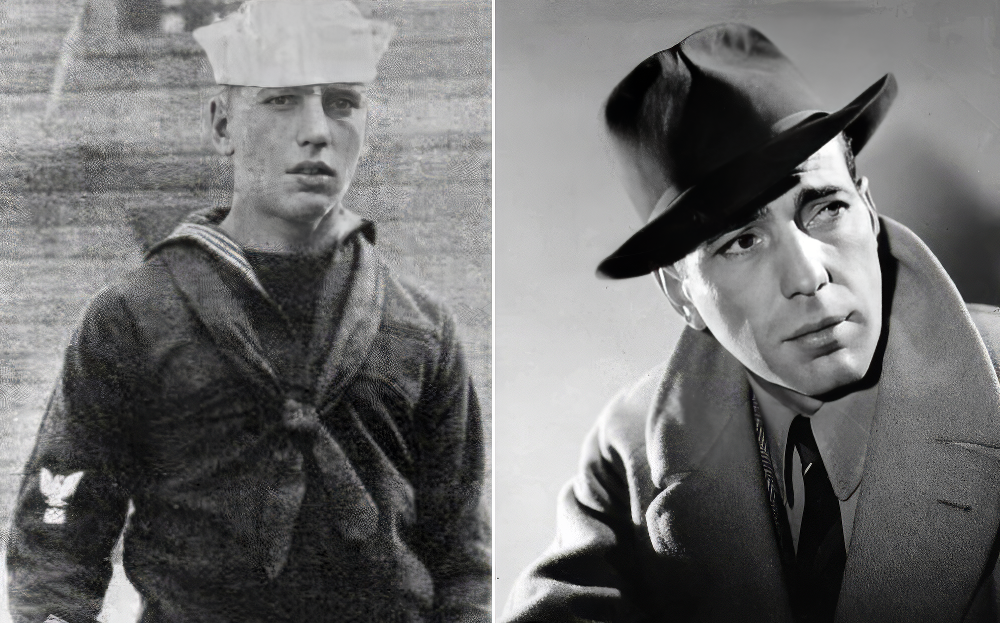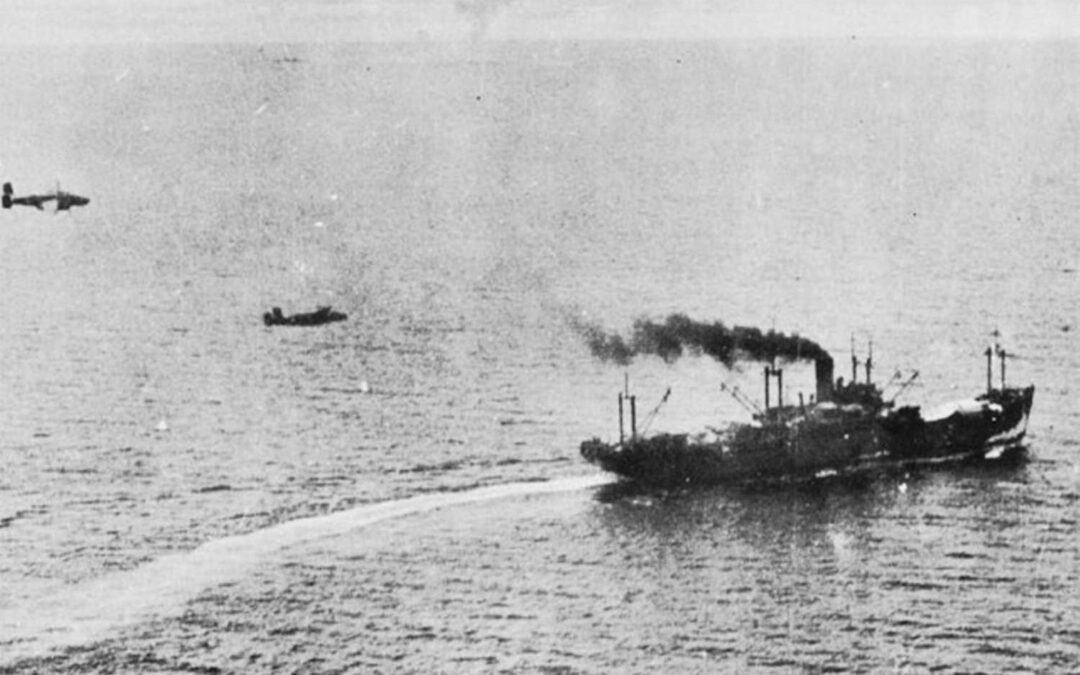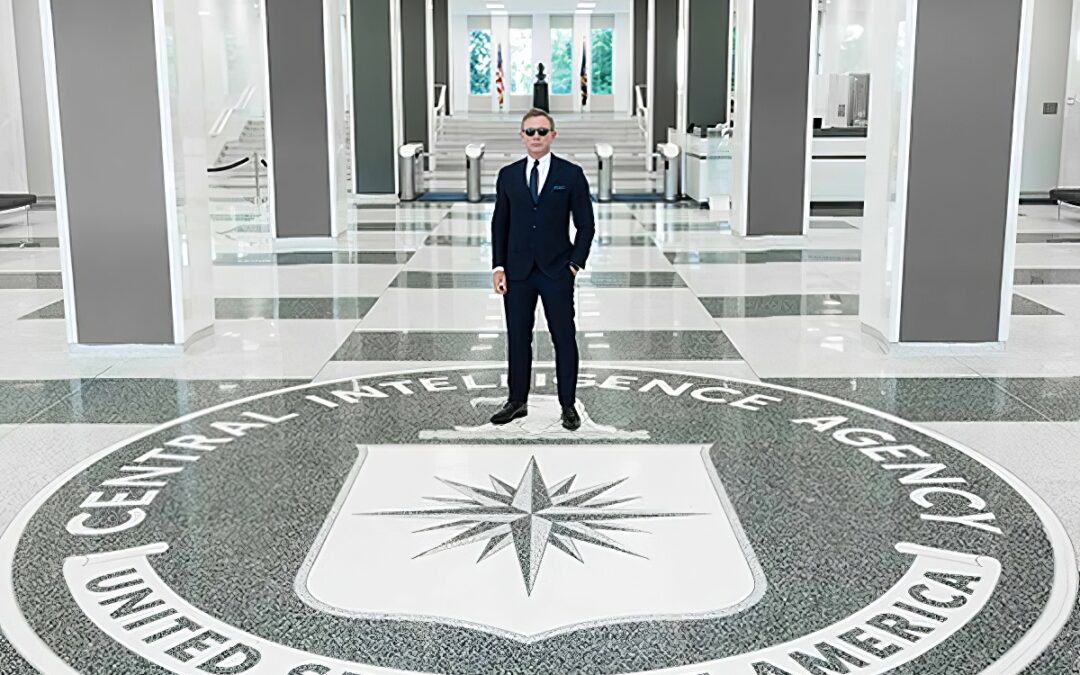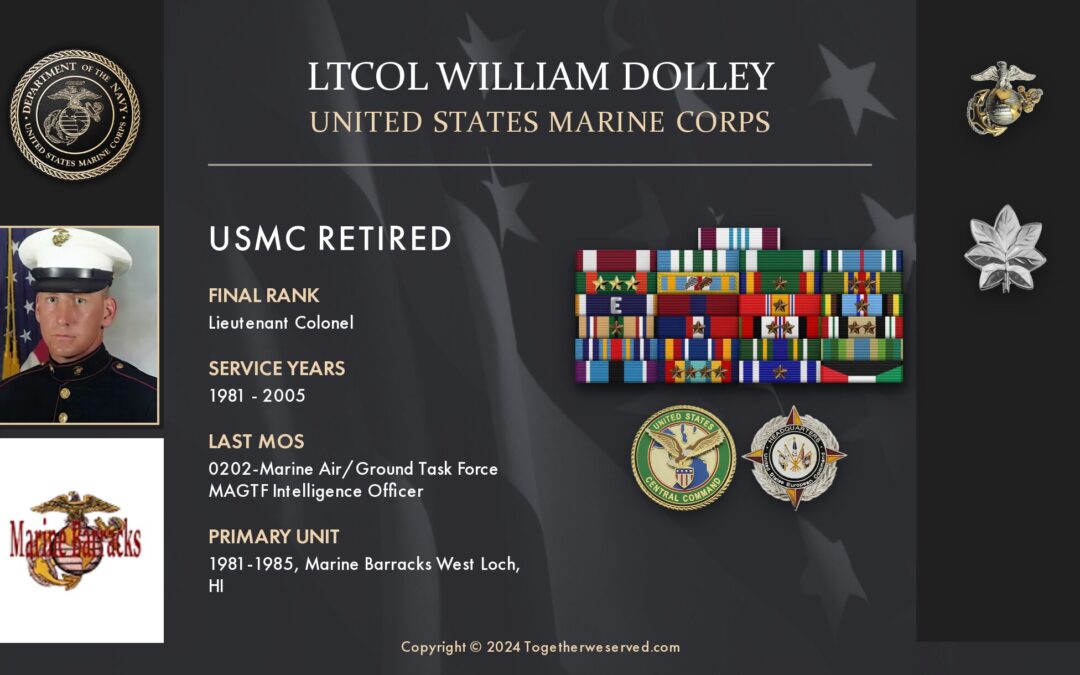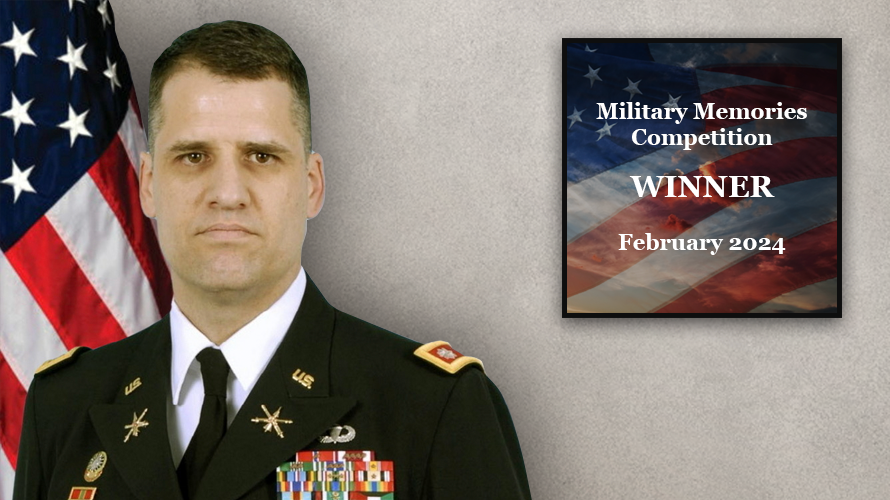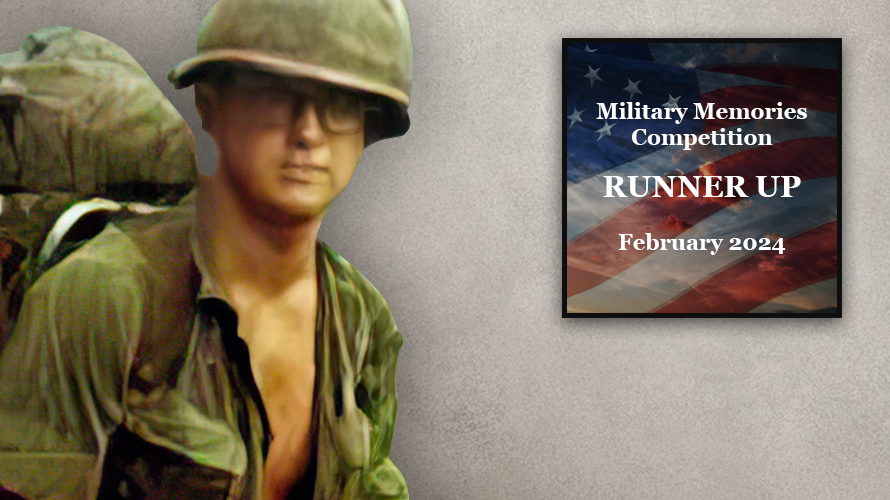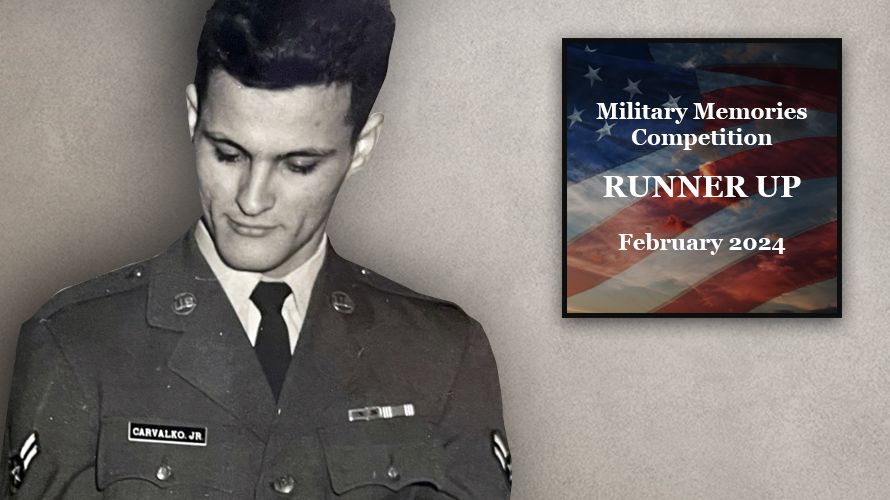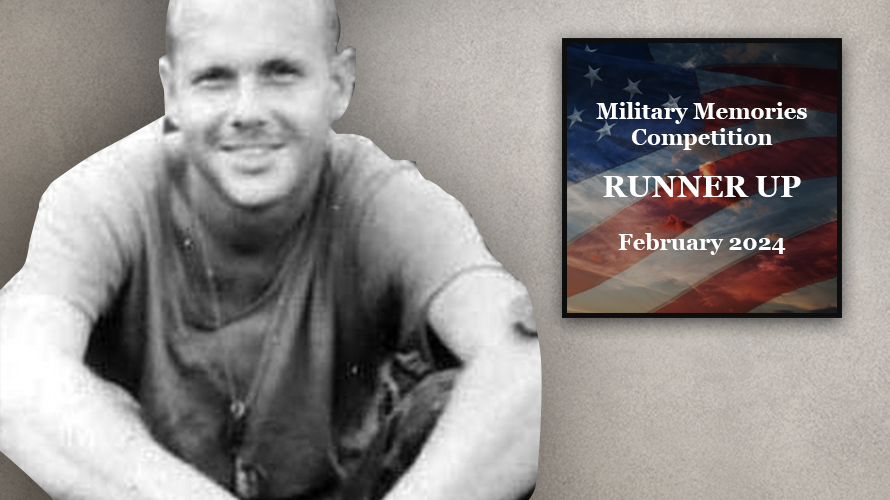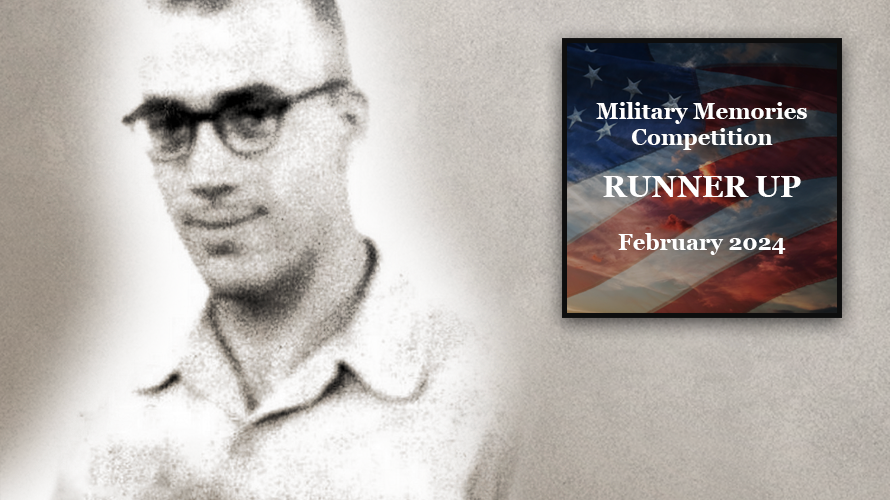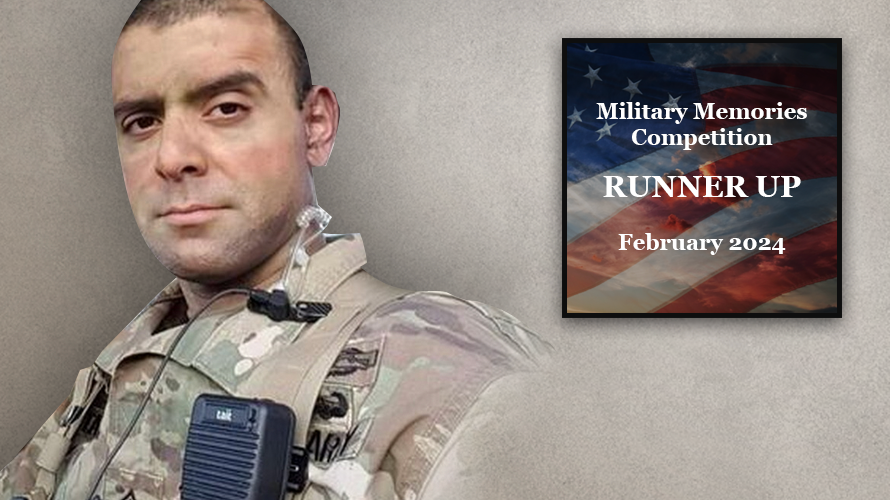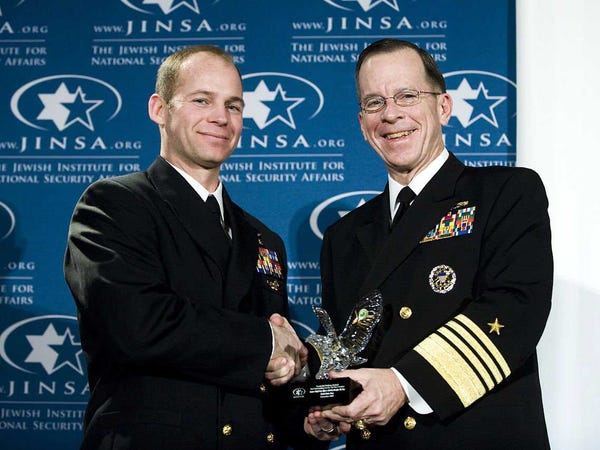I joined the Navy after high school in late December 1965, just as the draft was ramping up for the big Vietnam buildup. I stopped by the Air Force recruiters, but they did not have any slots until the springtime in 1966, which would be well after my draft number was called. I then visited the Navy recruiter, who told me the same thing – – with one big caveat. He had a few slots open for immediate entry. Like now! But I would have to make an immediate commitment. That afternoon, I met with one of my best friends, Bob Orta, who was in the same predicament. Because we were both apprehensive about joining the Navy and what it might entail, we thought if we joined together under the Navy’s “Buddy Program,” it would be less stressful. So Bob and I returned to the Navy recruiter and signed up with an entry date of December 30, 1965. So, on early Thursday morning, December 30, the day before New Year’s Eve, we boarded a train in Aurora, Illinois, for the short one-hour ride to the downtown Chicago Navy Induction Center. We spent the rest of the day being poked and prodded and then boarded a bus in the early evening for Recruit Training Command Great Lakes. Smack dab in the middle of winter. Incidentally, so much for the Buddy Program, Bob and I were separated in our second week. Bob had trouble passing the survival swim testing and was held back for weeks. We will never serve together again.
